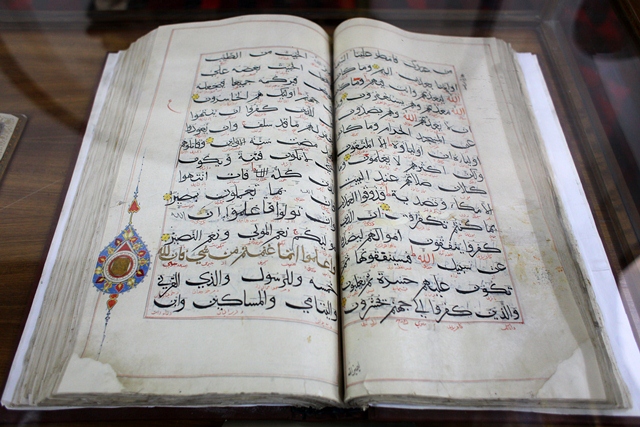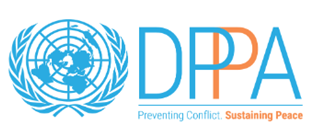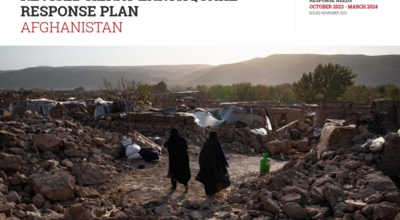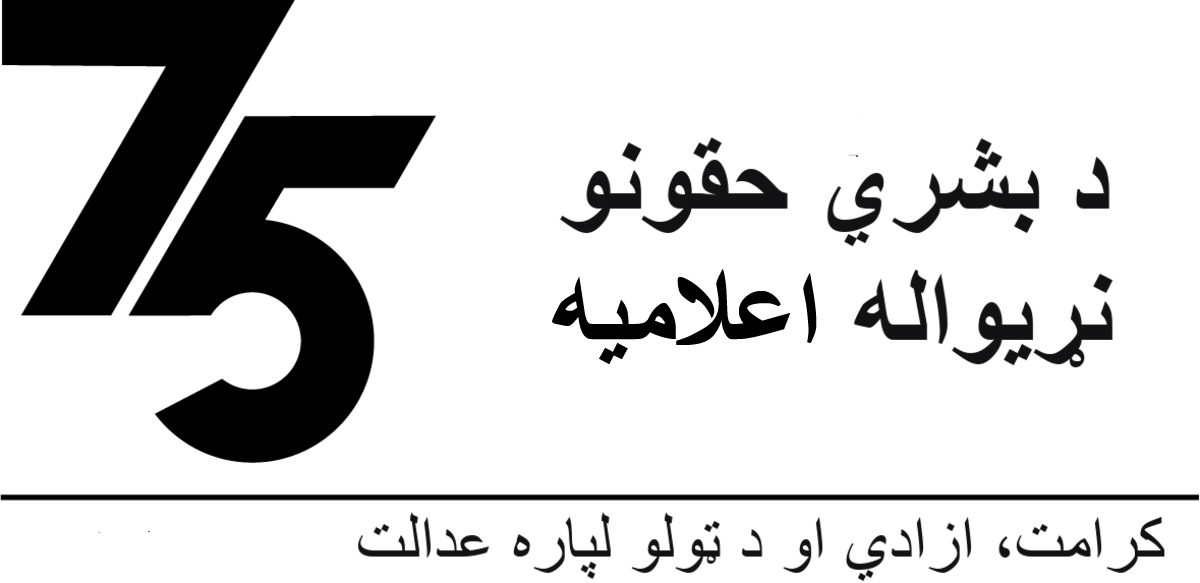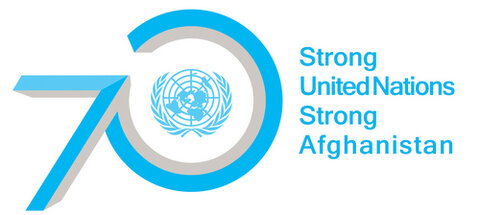Ghazni declared Asian Capital of Islamic Culture, highlighting Afghanistan’s rich cultural heritage
KABUL - The ongoing conflict in Afghanistan may have overshadowed its rich cultural heritage and history in recent years, but at a United Nations-backed event today, this heritage was highlighted in a ceremony in which the south-eastern city of Ghazni was officially declared the Asian Capital of Islamic Culture for this year.
“Today’s ceremony really underlines the fact that Afghanistan does have cultural heritage; that is not just limited to the Buddha (statues) in Bamyan… there are many Islamic sites there to be preserved,” the representative in Afghanistan of the UN Educational, Scientific and Cultural Organization (UNESCO), Paolo Fontani, said in an interview ahead of the event.
“This country is full of archeological remains, it’s full of history,” he added. “Invest in culture – that’s our message.”
Senior government officials from Afghanistan and other Islamic countries attended the ceremony in Ghazni, located in the province of the same name, and some three hours by road south of the capital, Kabul.
The Islamic Educational, Scientific and Cultural Organization (ISESCO), a Morocco-based body of Islamic countries created in 1981 to coordinate efforts in the field of education, science and culture, had nominated Ghazni in 2005 as the Asian Capital of Islamic Culture for 2013.
Since then, UNESCO has been supporting the efforts of the Afghan Government to restore and rehabilitate cultural and archaeological sites in the city.
Ghazni’s history is believed to date from 1500 BC, and was mentioned by Alexander the Great’s general Ptolemy in his later writing during the Hellenistic era. It was subsequently conquered by the Achaemenid King Cyrus II in the 6th century BC, and then incorporated into the Persian Empire stretching from present day Iran to India. Before the Islamic faith came to the region, sometime in the 9th century, Ghazni was also a centre for the Buddhist religion.
Today’s ceremony is the first of a series of activities planned to highlight Afghanistan’s heritage throughout 2013. The events include a UNESCO-organized international conference in Kabul in June aimed at raising the profile of Ghazni.
Linking to Ghazni city's status as the Asian Capital of Islamic Culture, the National Archives of Afghanistan launched today a week-long exhibition of ornamental manuscripts of Islamic culture in the capital, Kabul.
Opening the exhibition jointly with the Netherlands Ambassador, Han Peters, Afghanistan’s Minister for Information and Culture, Sayed Makhdoom Raheen, said university professors and scholars would find the exhibition useful.
“I hope that university professors, students, writers and arts lovers will visit the exhibition and enjoy the brilliant and beautiful treasure of calligraphy,” Minister Raheen told the opening ceremony.
Ghazni is home to a range of cultural and archeological artifacts, including fragments of Buddhist statues and a Hindu shrine from the pre-Islamic period. Key monuments include the Mausoleum of Abd al-Razzaq, the tomb of Mahmud Ghazanvi (a military commander and champion of arts who ruled Ghazni from 998 to 1030), the minarets (or victory towers) of Bahram Shah, built in the 12th century, the palace of Mas’ud III and Ghazni citadel, among others.
In the lead up to today’s ceremony, the Director of Culture at the Afghanistan Ministry of Information and Culture, Afsar Rahbeen, said that a number of projects to renovate Ghazni’s historical sites, as well as other development-related work, had been carried out. These included the construction of the so-called Centre of Islamic Culture, a new stadium and about 50 residential apartments. With funding support from the Government of Italy, UNESCO completed in 2011 the rehabilitation of the Mausoleum of Abd al-Razzaq, a military commander who ruled Kabul and Ghazni for a year and was assassinated in 1513.
“Out of 32 historical sites, renovation and rehabilitation work on 17 of them has been completed, while 80 per cent of the work on the remaining 15 sites has been completed,” said Mr. Rahbeen.
In order to support government efforts in raising awareness of Ghazni as a capital of Islamic culture, UNESCO published four series of books in 2012, in the Dari and Pashto languages, promoting the city’s heritage.
According to the UNESCO office in Afghanistan, the publications addressed an “urgent need” to educate local children aged between five and 10 years, and those aged 11 and above, about the province, its history and the need to protect their cultural heritage.
 UN
UN
